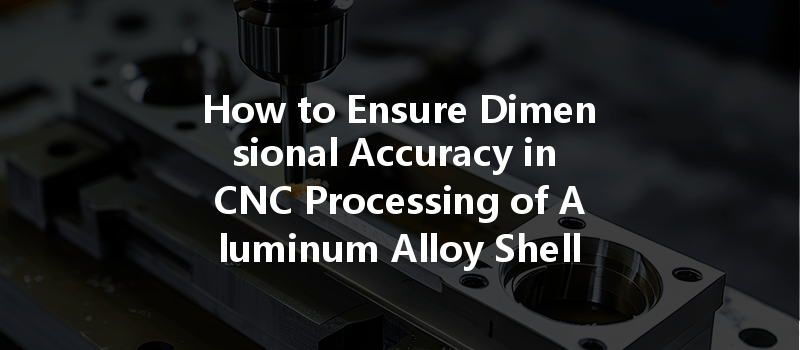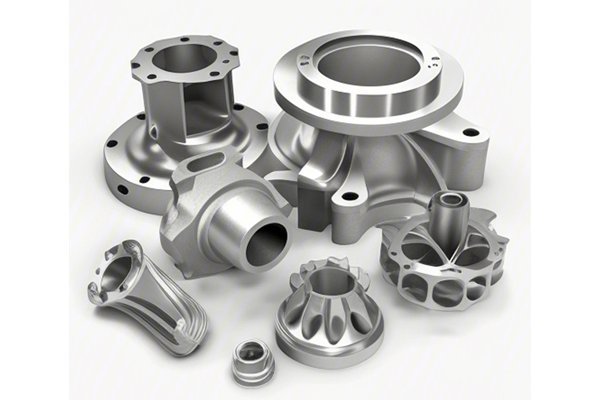In today’s fast-paced manufacturing landscape, precision is not just a goal; it’s an expectation. As we delve into the world of CNC (Computer Numerical Control) machining, particularly in the processing of aluminum alloy shells, the need for dimensional accuracy becomes paramount. In this article, we will explore the factors that influence dimensional accuracy, the techniques to achieve it, the prevailing challenges, and the critical role it plays in quality assurance. Buckle up as we embark on a journey that demystifies the art and science behind achieving perfect dimensions in CNC machining.
Understanding CNC Machining and Aluminum Alloys
What is CNC Machining?
CNC machining is a subtractive manufacturing process that utilizes computerized controls to cut, shape, and craft parts from various materials, including metals, plastics, and composites. The sophistication of CNC technology allows for intricate designs and superior consistency, which are crucial in industries ranging from aerospace to medical devices.
Why Aluminum Alloys?
Aluminum alloys are favored in many applications due to their lightweight, excellent corrosion resistance, and remarkable strength-to-weight ratio. Commonly used in industries such as automotive, aerospace, and electronics, these alloys can be easily machined, yet require meticulous calibration to ensure dimensional accuracy.
The Importance of Dimensional Accuracy
Dimensional accuracy is the measure of how closely the machined part adheres to the specified dimensions. This quality is critical for several reasons:
Factors Influencing Dimensional Accuracy
Achieving dimensional accuracy in CNC machining is influenced by several interconnected factors:
Aluminum alloys vary in their mechanical properties, which can influence behavior during machining. Factors such as alloy composition, hardness, and thermal expansion must be considered. For instance:
The CNC machine itself must be finely calibrated. Regular maintenance of the machine components—like spindles and linear guides—ensures optimal performance and accuracy.
The selection and condition of cutting tools can massively impact dimensional accuracy.
Programming the CNC machine correctly is vital. Advanced CAM (Computer-Aided Manufacturing) software can simulate machining processes, allowing for error identification before production begins.
Fixtures hold the workpiece in place during machining. An effective fixture guarantees stability and accuracy.
Techniques to Enhance Dimensional Accuracy
Here, we shall explore a range of techniques that can significantly enhance dimensional accuracy during the CNC machining of aluminum alloy shells:
Choosing the right tool for the job is crucial. The tool must be designed for the specific material and geometry being machined. Consider using:

Adjusting cutting speed, feed rate, and depth of cut can minimize thermal effects and improve surface integrity.
Utilizing appropriate coolants and lubricants manages temperature and improves tool life, thus maintaining accuracy.
Integrating advanced technologies like real-time monitoring and closed-loop systems can further enhance accuracy.
Robust quality control protocols throughout the machining process can help catch inaccuracies before they become larger issues.
Challenges in Maintaining Dimensional Accuracy
While striving for dimensional accuracy in CNC machining of aluminum alloys, several challenges may arise, including:
Inconsistent material properties due to variations in manufacturing processes can lead to disruptions in machining.
Operators may inadvertently introduce errors in programming or machine setup.
Continuous operation can gradually degrade machinery and tooling, impacting accuracy.
Pressure to meet production deadlines can lead to rushed setups or processes, increasing the risk of error.
The Future of Dimensional Accuracy in CNC Machining
As industries evolve, so too do the technologies and methodologies employed in CNC machining. The future will likely see innovations that enhance dimensional accuracy further:
Automated systems and AI can analyze machining processes and make adjustments in real-time, significantly enhancing accuracy and efficiency.
Combining CNC machining with additive manufacturing may allow for more complex designs while maintaining dimensional accuracy.
Advancements in simulation software will enable detailed analysis of machining processes, allowing for better planning and error prevention.
Ensuring dimensional accuracy in CNC processing of aluminum alloy shells is a multifaceted challenge that combines science and art. At YL Machining, we understand that precision is non-negotiable. By focusing on the influencing factors, employing effective techniques, and staying ahead of the curve with innovative solutions, we ensure that our processes deliver not only the expected dimensional accuracy but also exceed industry standards.
Whether you are an engineer, a quality assurance manager, or a decision-maker in your organization, the insights shared in this article aim to guide you in achieving the high levels of precision required in today’s manufacturing environment. By embracing both the traditional methods and the cutting-edge technologies available, we at YL Machining remain committed to providing our clients with products that reflect our dedication to quality and excellence.
Let us guide you through the path of precision engineering. Together, we can build a legacy of accuracy that reshapes industries and elevates standards. Thank you for joining us on this insightful journey!






